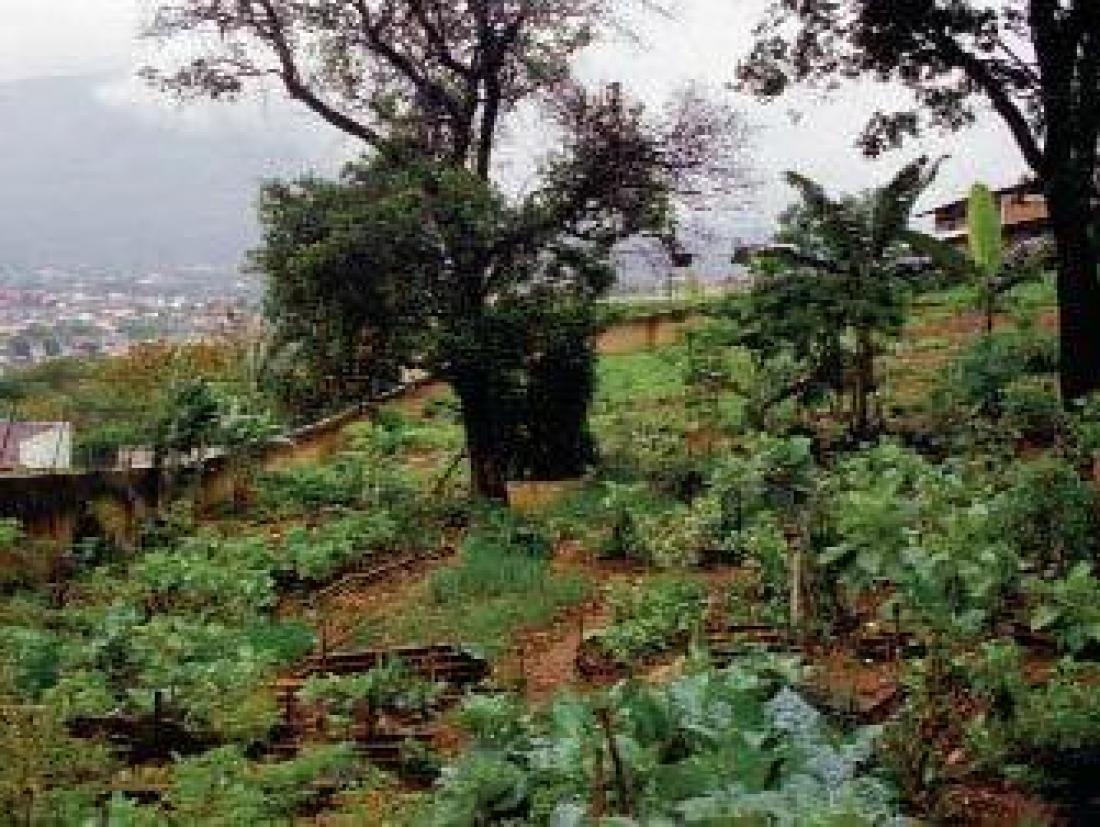In issue 25 of Urban Agriculture Magazine – RUAF 10 years, IDRC program officer and urban agriculture (UA) specialist Luc Mougeot traces the achievements of this young field and the challenges its practitioners face.
Taking the lead
Before the 1990s, interest in unregulated “city farming” had been largely confined to academic research, often conducted by individual scholars who approached UA primarily from the viewpoint of the informal economy. The rising costs of energy and food, water shortages, and worries about food safety shifted the perspective on city farming toward concerns like food security, eco-development, and self-reliance. Later still, it moved toward urban environmental management and sustainability issues such as waste recycling.
In the early 1990s development assistance organizations began placing UA on their agendas. Mougeot traces this growing attention to the 1992 United Nations Conference on Environment and Development (UNCED) in Rio de Janeiro. UNCED’s Agenda 21 plan encouraged local governments to become involved in managing city environments.
In the same year the United Nations Development Programme, as Mougeot puts it, “invited IDRC to take the lead on UA.” IDRC’s efforts accelerated to become a full program of work, highlighted by two phases of its ambitious Cities Feeding People research initiative carried out from 1996 to 2005.
Bearing fruit
Also during that decade, local governments worldwide began paying attention to UA and raising the issue in international forums, particularly the United Nations. One important side-effect of this shift was that the UN system became more receptive to implementing its own initiatives through local authorities rather than only through national central governments.
The field developed rapidly following a 1996 planning meeting, held at IDRC head office, of the international Support Group on Urban Agriculture (SGUA). Many initiatives to build recognition, outreach, and alliances were launched and they soon bore fruit.
Global networks
IDRC and other partners supported the creation of a key global network, the Resource Centres on Urban Agriculture & Food Security (RUAF) Foundation. RUAF fosters policy planning, farmer organization, and business development related to UA. It provides training, technical support, and policy advice to local and national governments, producer organizations, non-governmental organizations, and others.
Meanwhile, IDRC and other donor organizations funded graduate fieldwork, regional courses, and policy research. In addition, both the UN Food and Agriculture Organization and UN Habitat clarified their policies on UA and stepped up their programming.
Those are just a few examples among many more projects and programs that could be cited. As Mougeot sums it up: “The last fifteen years have seen an unprecedented increase and convergence in competence and capacity building, networking and advocacy for regional and global research and policy initiatives.”
Much achieved
Mougeot collects all this activity under four broad achievements:
---growth in research capacity and leadership, including now seeing a broader range of disciplinary fields active in UA, such as urban planning, landscape architecture, and engineering;
---a number of marked shifts in the approach to doing policy research, for instance, from single city to multi-city projects;
---more research and policy aimed at solving specific problems rather than simply gathering information;
---a more inclusive strategy for achieving sustainability that goes beyond the earlier narrow focus on agriculture and poverty reduction.
Measuring true value
Though much has been realized — and in a remarkably short time — many policy and research questions remain.
How, for example, can local UA supply systems ever compete with large corporate multi-national retail food providers?
How can UA be contained in modern urban buildings? Can we design high-rise structures so they will accommodate livestock?
Most importantly, how can we credibly measure the true economic value of UA — in terms of jobs, income, cost avoidance, the productive use of people, land, and resources, — and communicate all these benefits to policymakers?



